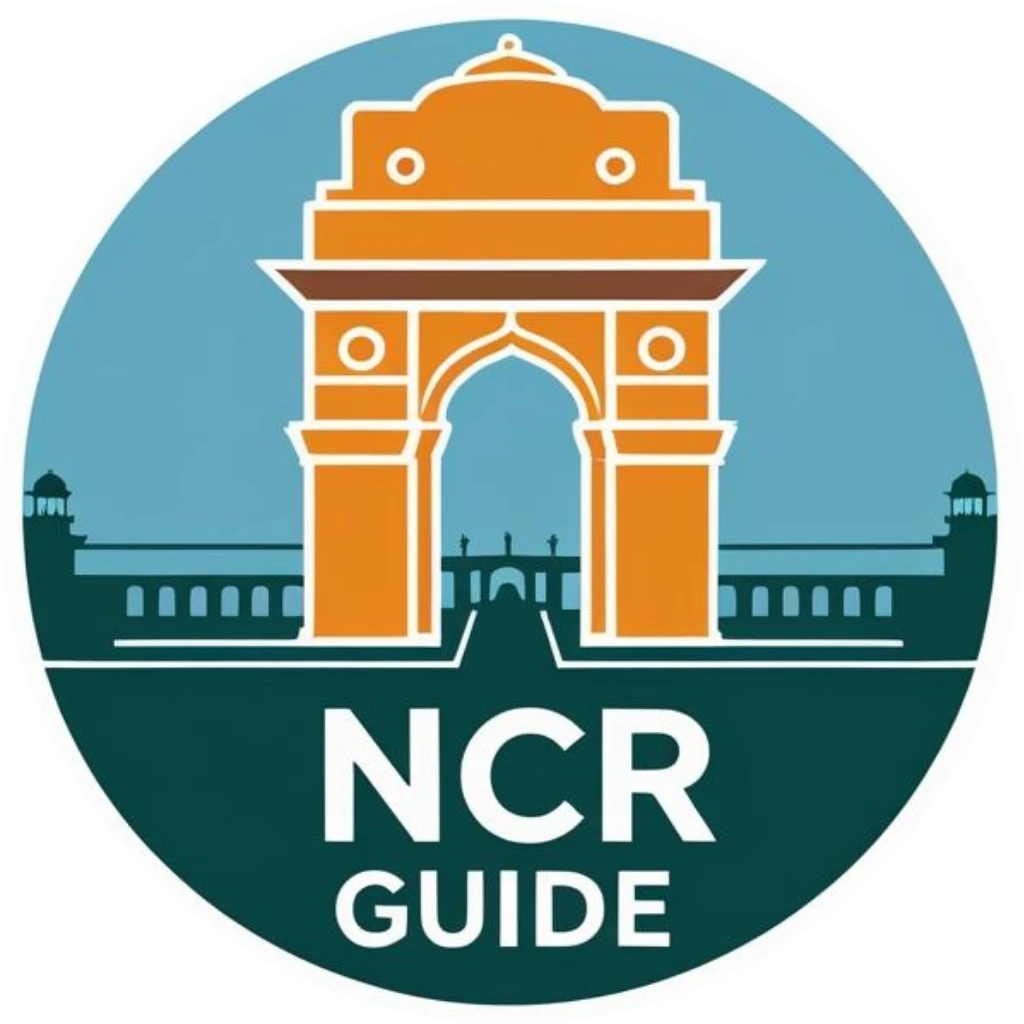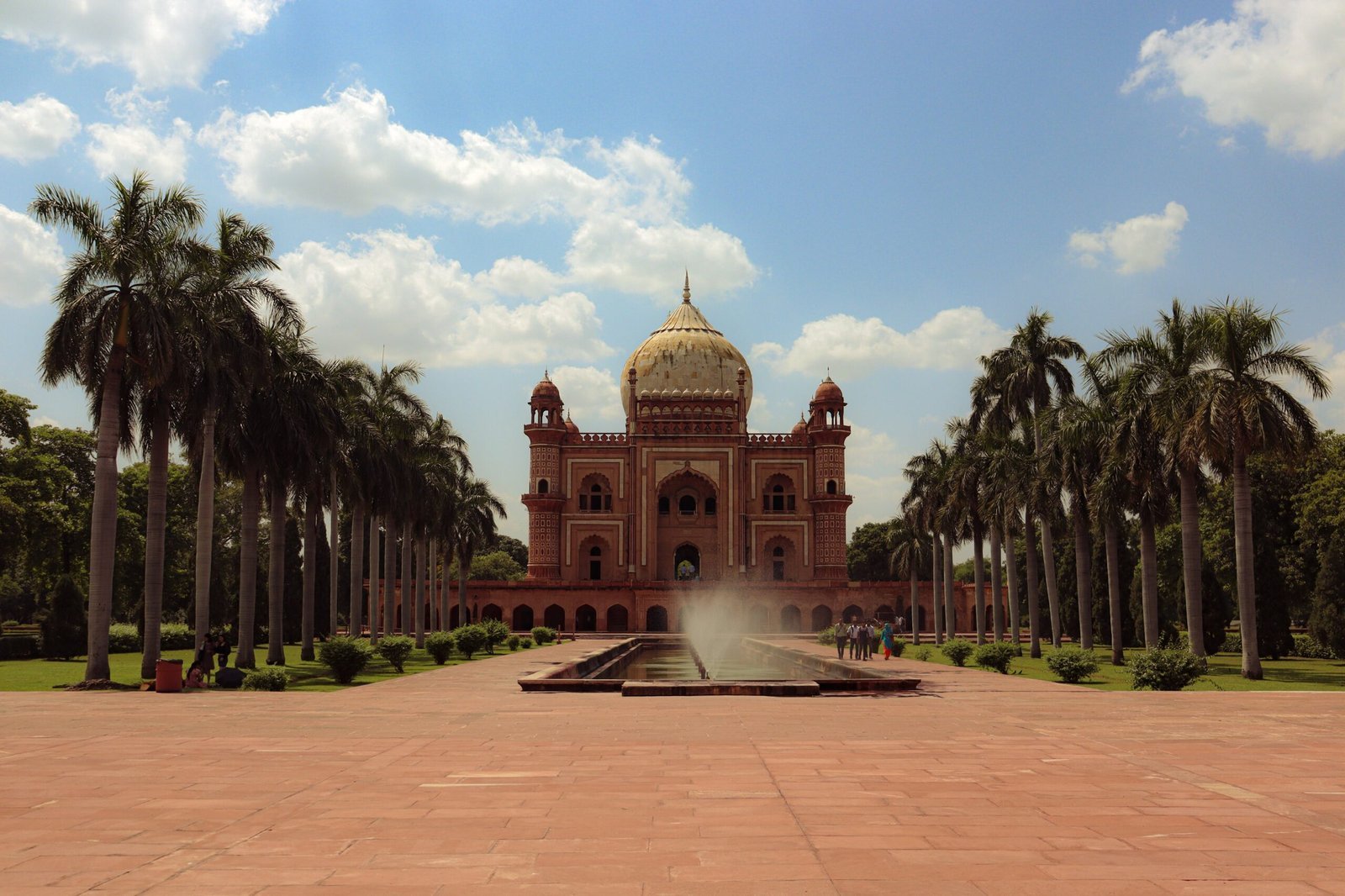Introduction
Nestled in the heart of Delhi is a hidden gem that whispers tales of Mughal grandeur and architectural finesse – Safdarjung’s Tomb. Completed in 1754, this splendid structure pays homage to Safdarjung, the Prime Minister of the Mughal Empire during its twilight years. Join us on a journey through time as we explore the rich history and cultural significance of Safdarjung’s Tomb.
- Completed in 1754 in honor of Safdarjung, the Prime Minister of the Mughal Empire.
- Reflects the architectural style of the late Mughal period, blending Persian, Timurid, and Indian elements.
Table of Contents
History Unveiled
Safdarjung’s Tomb stands as a testament to the glory of the Mughal era. Commissioned by Safdarjung’s son, Nawab Shuja-ud-Daula, after his father’s death in 1754, the tomb reflects the architectural style of the late Mughal period. This period was marked by a harmonious blend of Persian, Timurid, and Indian architectural elements.
- Commissioned by Safdarjung’s son, Nawab Shuja-ud-Daula, in 1754.
- Reflects the architectural style of the late Mughal period, combining Persian, Timurid, and Indian elements.
Architectural Marvel
The tomb is a striking example of Mughal garden tombs, featuring a charbagh (fourfold garden) layout. The central mausoleum is adorned with intricate carvings and embellishments, showcasing the artistic brilliance of that era. The red and buff-colored sandstone, coupled with the white marble, creates a visually stunning spectacle.
- Mughal garden tomb with a charbagh layout.
- Central mausoleum adorned with intricate carvings, red and buff-colored sandstone, and white marble.
Design and Layout
As you step into the complex, you are greeted by a symmetrical arrangement of gardens and water channels – a classic hallmark of Mughal garden design. The central tomb rises majestically amidst the greenery, standing as a poignant reminder of the Mughal architectural prowess. The mausoleum itself is a two-story structure, with a grand central chamber and a captivating dome.
- Symmetrical arrangement of gardens and water channels.
- Central tomb in a charbagh layout, a two-story structure with a captivating dome.
Cultural Significance
Beyond its architectural splendor, Safdarjung’s Tomb holds cultural significance as a site that encapsulates the history of the Mughal Empire. It symbolizes the end of an era, with the Mughal Empire gradually giving way to the changing tides of time. The intricate carvings narrate stories of a bygone era, invoking a sense of nostalgia and wonder.
- Symbolizes the end of the Mughal Empire.
- Intricate carvings narrate stories of a bygone era, invoking nostalgia and wonder.
Visitor Experience
For those seeking a tranquil escape within the bustling city, Safdarjung’s Tomb offers a serene retreat. Visitors can stroll through the well-maintained gardens, marvel at the architectural details, and immerse themselves in the historical ambiance. The tomb complex also provides a picturesque setting for photography enthusiasts.
- Serene retreat within the bustling city.
- Well-maintained gardens, architectural details, and a picturesque setting for photography.
Practical Information for Tourists:
- Location and Accessibility: Safdarjung’s Tomb is conveniently located in the heart of Delhi, easily accessible by public transport or private cabs.
- Timings: The tomb is open to visitors from [specific timings]. It is advisable to check the timings before planning your visit.
- Entry Fee: There might be a nominal entry fee for visitors. It’s recommended to carry some cash for this purpose.
- Guided Tours: To make the most of your visit, consider opting for guided tours available at the site. Knowledgeable guides can provide insights into the historical and architectural nuances.
- Photography: Capture the beauty of Safdarjung’s Tomb but be mindful of any restrictions on photography, especially inside the tomb.
- Nearby Attractions: Plan your day by exploring nearby attractions, creating an immersive experience of Delhi’s historical landscape.
- Conveniently located in the heart of Delhi.
- Open to visitors during specific timings, check before planning.
- Nominal entry fee, advisable to carry cash.
- Guided tours available for a deeper understanding.
- Photography allowed, but restrictions may apply.
- Explore nearby attractions for a comprehensive historical experience.
Preservation Efforts
Over the years, Safdarjung’s Tomb has undergone restoration and preservation efforts to maintain its splendor. Government initiatives and heritage conservation projects aim to ensure that this architectural marvel continues to stand the test of time, allowing future generations to witness the grandeur of the Mughal legacy.
- Restoration and preservation efforts over the years.
- Government initiatives and heritage conservation projects in place.
Conclusion
Safdarjung’s Tomb stands not only as a physical structure but as a living testament to a bygone era. It invites visitors to step into the pages of history, to appreciate the artistic brilliance of the Mughal craftsmen, and to find solace in the peaceful embrace of its gardens. A visit to Safdarjung’s Tomb is a journey through time, a moment of reflection, and an opportunity to connect with the rich cultural tapestry of Delhi’s history.
Frequently Asked Questions (FAQs) about Safdarjung’s Tomb:
Q1: What is the historical significance of Safdarjung’s Tomb?
- A: Safdarjung’s Tomb holds historical significance as a Mughal garden tomb built in 1754. It is dedicated to Safdarjung, the Prime Minister of the Mughal Empire, marking the end of the Mughal architectural era.
Q2: What architectural elements define Safdarjung’s Tomb?
- A: The tomb reflects the architectural style of the late Mughal period, combining Persian, Timurid, and Indian elements. It features intricate carvings, a charbagh layout, and a two-story structure with a captivating dome.
Q3: How is the design and layout of Safdarjung’s Tomb structured?
- A: The tomb follows a charbagh layout with symmetrical gardens and water channels. The central mausoleum, a two-story structure, stands amidst the greenery, offering a harmonious blend of Mughal garden design.
Q4: What is the cultural significance of Safdarjung’s Tomb?
- A: Beyond its architectural splendor, the tomb symbolizes the end of the Mughal Empire. The intricate carvings narrate stories of a bygone era, invoking a sense of nostalgia and wonder, making it culturally significant.
Q5: How can visitors make the most of their experience at Safdarjung’s Tomb?
- A: Visitors can explore the well-maintained gardens, marvel at architectural details, and immerse themselves in the historical ambiance. Guided tours are available for a deeper understanding, and photography is allowed with some restrictions.
Q6: What practical information should tourists know before visiting Safdarjung’s Tomb?
- A: Safdarjung’s Tomb is conveniently located in the heart of Delhi and is easily accessible. Visitors should check the specific timings, carry some cash for the nominal entry fee, and consider guided tours for a comprehensive experience.
Q7: Are there any nearby attractions to explore along with Safdarjung’s Tomb?
- A: Yes, visitors can plan their day by exploring nearby attractions to enhance their historical experience. Safdarjung’s Tomb provides a picturesque setting for photography enthusiasts.
Q8: How has Safdarjung’s Tomb been preserved over the years?
- A: Safdarjung’s Tomb has undergone restoration and preservation efforts to maintain its splendor. Government initiatives and heritage conservation projects aim to ensure its longevity.
Q9: Can visitors witness any ongoing preservation activities at Safdarjung’s Tomb?
- A: While visiting, visitors may not witness ongoing preservation activities directly, but the tomb’s continuous maintenance and government initiatives ensure its sustained grandeur.
Q10: Is there a specific peak tourist season for Safdarjung’s Tomb?
- A: While Delhi experiences a high influx of tourists during the winter months, Safdarjung’s Tomb can be visited throughout the year. Consider personal preferences and weather conditions for an ideal visit.

